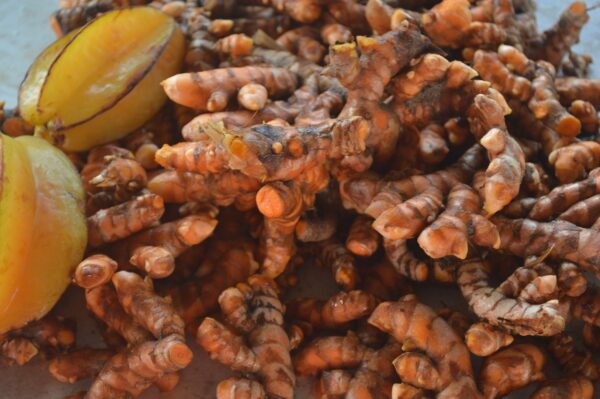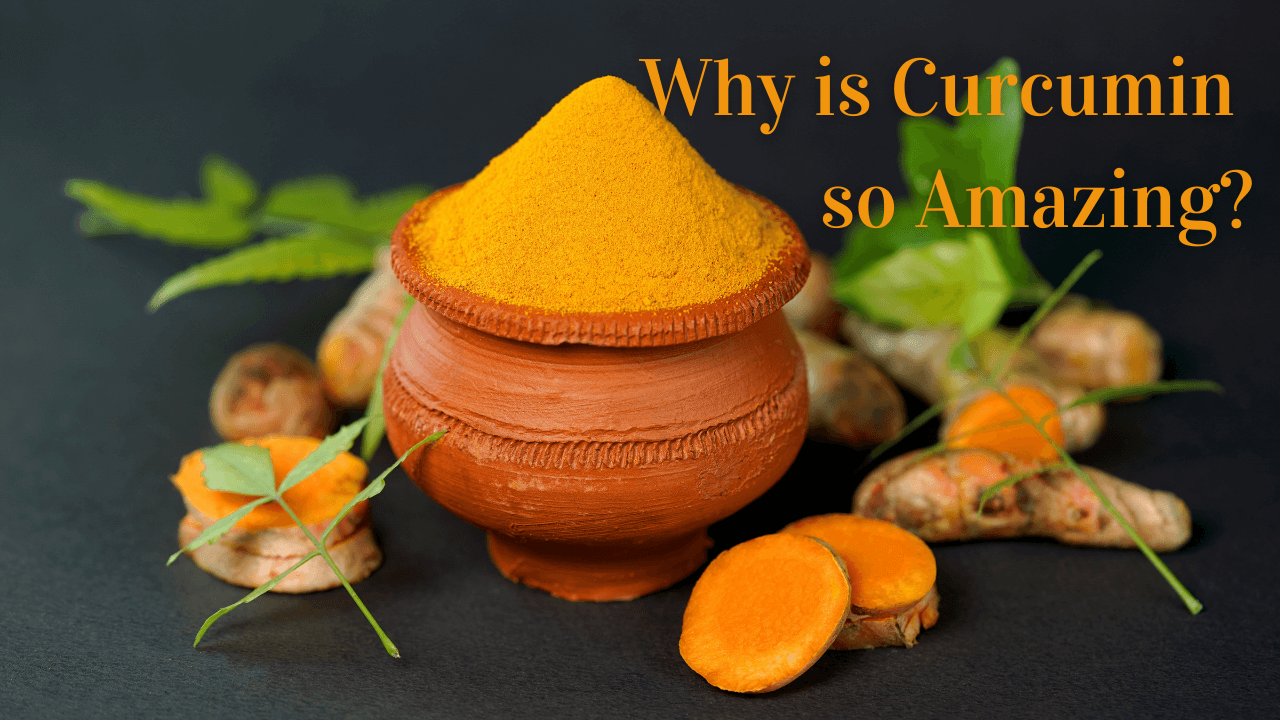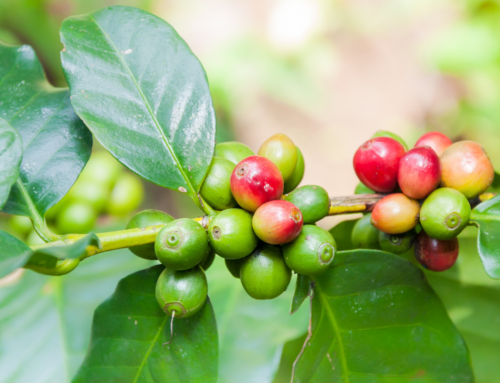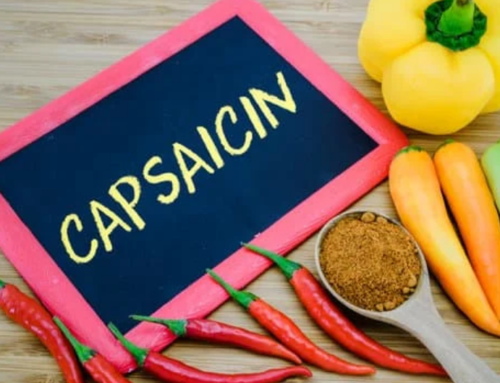The basic introduction of curcumin.
Curcumin is a yellow pigment found primarily in turmeric, a flowering plant of the ginger family best known as a spice used in curry. It’s an indispensable raw material in food production, a polyphenol with anti-inflammatory properties and the ability to increase the amount of antioxidants that the body produces.
The most common applications are as an ingredient in dietary supplement, in cosmetics, as flavoring for foods, such as turmeric-flavored beverages in South and Southeast Asia, and as coloring for foods, such as curry powders, mustards, butters, cheeses. As a food additive for orange-yellow coloring in prepared foods, its E number is E 100 in the European Union. It is also approved by the U.S. FDA to be used as a food coloring in USA.
The general application of curcumin.
Curcumin is being recognized and used worldwide in many different forms for multiple potential health benefits. For example:
in India, turmeric—containing curcumin—has been used in curries;
in Japan, it is served in tea; in Thailand, it is used in cosmetics;
in China, it is used as a colorant; in Korea, it is served in drinks;
in Malaysia, it is used as an antiseptic;
in Pakistan, it is used as an anti-inflammatory agent;
in the United States, it is used in mustard sauce, cheese, butter, and chips, as a preservative and a coloring agent, in addition to capsules and powder forms.
There types of curcumin.
Curcumin is available in several forms including capsules, tablets, ointments, energy drinks, soaps, and cosmetics . Curcuminoids have been approved by the US Food and Drug Administration (FDA) as “Generally Recognized As Safe” (GRAS), and good tolerability and safety profiles have been shown by clinical trials, even at doses between 4000 and 8000 mg/day and of doses up to 12,000 mg/day of 95% concentration of three curcuminoids: curcumin, bisdemethoxycurcumin, and demethoxycurcumin.

What are curcumin’s benefits?
Supplementation of curcumin reliably reduces markers of inflammation and increases the levels of endogenous antioxidants in the body. More research is needed for many areas of health, but what research there is supports a small to moderate improvement in the symptoms of depression and anxiety, and pain and function in osteoarthritis. A reduction in LDL-cholesterol, blood glucose and blood pressure is possible, but the research is less consistent and more is needed.
Statement.
As a component of turmeric, curcumin may interact with prescription drugs and dietary supplements. In high amounts, it may be unsafe for women during pregnancy. It may cause side effects, such as nausea, diarrhea, hives, or dizziness.
Two preliminary clinical studies in cancer patients consuming high doses of curcumin (up to 8 grams per day for 3–4 months) showed no toxicity, though some subjects reported mild nausea or diarrhea.
Doses of up to 8 grams of curcuminoids aren’t associated with serious adverse effects in humans. However, long-term studies that are more comprehensive in their assessments are needed. High doses of curcumin may produce nausea and gastrointestinal complaints. Use of curcumin with piperine may cause adverse drug reactions, as piperine greatly increases intenstinal permeability. The different formulations of curcumin have not all been tested for safety to the same degree.
Although the intended use of curcumin as a food additive is generally recognized as safe by the U.S. Food and Drug Administration.
What can you get out of this article? If you have anything else you want to know, please leave a message for discussion and we will do our best to help you solve it.And from, the information given above you are welcome to come up with your own conclusion and place order for Curcumin from us.
Welcome to our store as well.






supplier of tanning extract